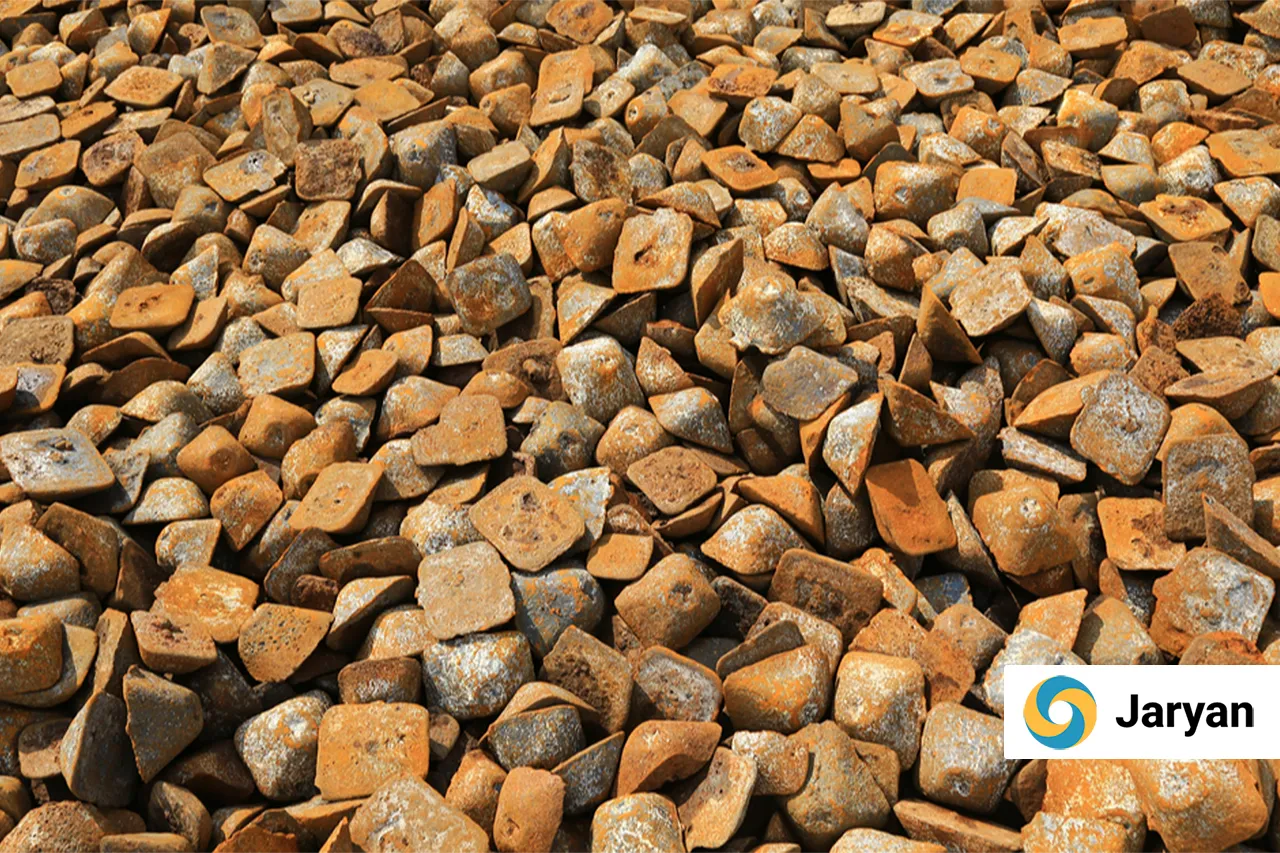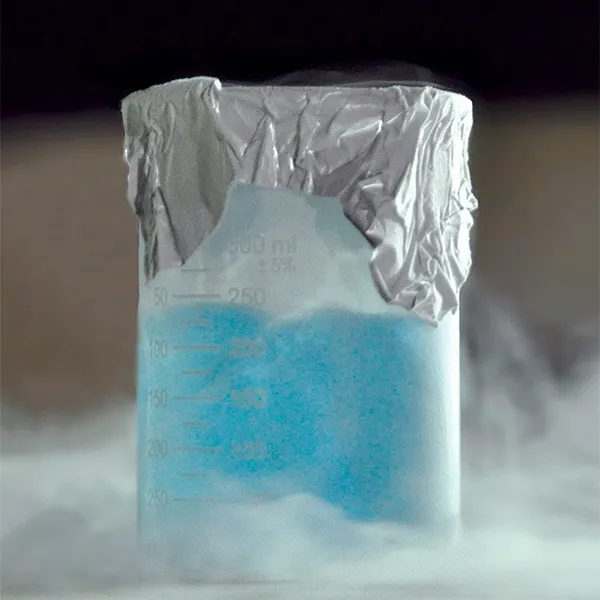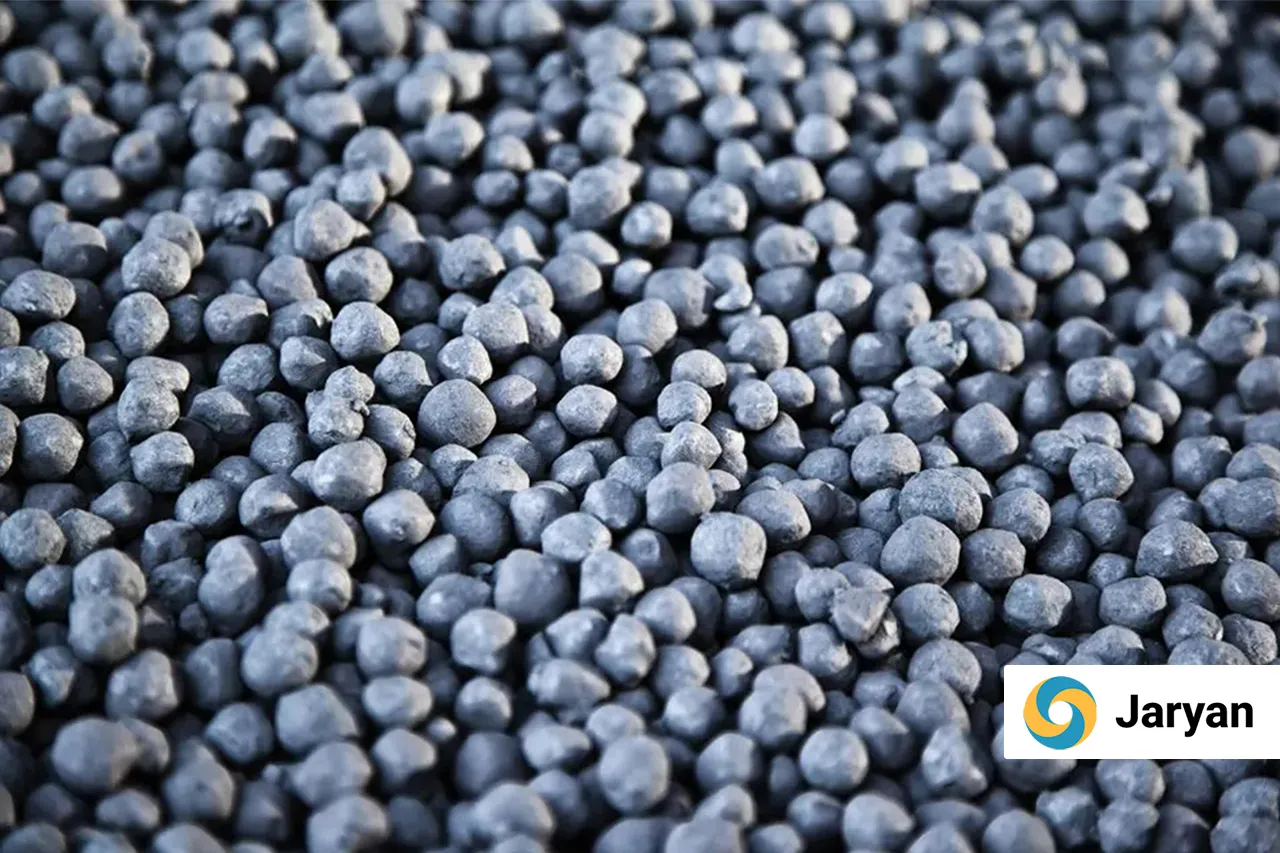pig iron is a metal product obtained by melting iron and casting it in special molds. Cast iron is an alloy of iron and carbon, which is widely used in various industries due to its unique properties, such as high strength, resistance to wear and impact, and easy casting.
In this article, we will examine pig iron , their uses and the benefits of using them .
What is cast iron ingot?
pig iron is a solid material made of cast iron, which is obtained by melting iron and pouring it into special molds. In the process of producing pig iron , molten iron is mixed with specific amounts of carbon, silicon, manganese, phosphorus and sulfur. Then, this molten mixture is poured into special molds and after cooling, it turns into pig iron .
pig iron are produced in different types, each of which has its own properties and uses. The most common types of pig iron are:
- Gray pig iron: This type of pig iron is the most widely used and is seen in gray color due to the presence of graphite in its structure. Gray pig iron has high strength and low price, and for this reason, it is used in the production of various parts, such as engine blocks, brake discs, and sewer pipes.
- Ductile pig iron This type of pig iron is produced by adding magnesium to molten iron and is known as ductile iron or malleable iron due to the presence of spherical graphite in its structure . Ductile pig iron has high strength and malleability, and for this reason, it is used in the production of parts that require high strength and flexibility, such as cranks, gears and rotating shells.
- Chinese cast iron ingot: This type of pig iron is produced by adding silicon to molten iron and is known as Chinese cast iron due to its dense structure. Chinese cast iron ingot has a high resistance to wear and impact, and for this reason, it is used in the production of parts that are exposed to wear and impact, such as rollers, mills and pumps.
Applications of cast iron ingots
pig iron have many uses in various industries, including:
- Automotive industry: It is used in the production of various car parts, such as engine block, cylinder head, crankshaft, brake disc and gearbox shell.
- Railway industry: It is used in the production of rails, wagons and other railway equipment.
- Machinery industry: It is used in the production of various parts of industrial machinery, such as gears, rotating shells, pumps and valves.
- Construction industry: It is used in the production of sewer pipes, radiators, doors and windows.
- Agricultural industry: It is used in the production of agricultural tools, such as plows, discs and rakes.
Advantages of using cast iron ingots
The use of pig iron in various industries has many advantages, including:
- High strength: cast iron is a very strong alloy, and for this reason, cast iron ingots are highly resistant to pressure, impact and wear.
- Easy Castability: Cast iron has a high castability, and due to this, cast iron ingots are easily cast in different molds and can be used to produce complex parts with different shapes.
- Recyclability: Cast iron is a recyclable material, and for this reason, cast iron ingot scraps can be used to reproduce it. This helps to preserve the environment and reduce the consumption of natural resources.
- Disadvantages of using cast iron ingots
- Along with many advantages, cast iron ingots also have disadvantages, including:
- High weight: cast iron is a heavy material, and for this reason, cast iron ingots have a high weight. This can be problematic in some applications, such as the aircraft industry.
- Brittleness: Cast iron is more brittle than some other alloys, such as steel. This means that the cast iron ingot is less resistant to sudden impacts and shocks.
- Rust: Cast iron is subject to rust. For this reason, cast iron ingots must be properly coated or painted to prevent them from rusting.
Tips for choosing and using pig iron
- When choosing and using cast iron ingots , you should pay attention to the following points:
- Type of application: The type of cast iron ingot used must be selected according to the type of application. For example, if cast iron ingots are used to produce a part that is subject to impact and shock, then ductile cast iron ingots should be used.
- Quality: Cast iron ingots must be of high quality and free from any cracks, holes or impurities.
- Storage conditions: Cast iron ingots should be stored in dry and cool conditions to prevent rusting.
Conclusion
Cast iron ingot is a valuable material with many applications in various industries. This material is used in the production of various parts due to its unique properties, such as high strength, resistance to wear and impact, and easy casting. Cast iron ingot has many advantages such as reasonable price and recyclability, but at the same time, it also has disadvantages such as high weight, brittleness and rust. When choosing and using cast iron ingots , you should pay attention to the points related to the type of application, quality and maintenance conditions.










